Graphic design has come a long way since its humble beginnings, evolving into a dynamic and influential field that shapes our visual world. The Evolution of Graphic Design has a fascinating history that has evolved over time. It all began with simple drawings made by early humans on cave walls thousands of years ago. These drawings were created using natural materials like charcoal and pigments. They served various purposes, such as telling stories, recording events, or communicating ideas.
As civilizations developed, so did graphic work. Ancient Egyptians used hieroglyphics, which were pictorial symbols, to convey messages and record their history. Similarly, ancient civilizations in Mesopotamia and China developed their own writing systems based on symbols and characters. From cave paintings to digital creations, the evolution of graphic design is a captivating journey through human creativity and communication. In this article, we will explore the fascinating evolution of graphic design, from its earliest forms to the modern mastery we see today.


The Printing Revolution: From Manuscripts to Mass Production
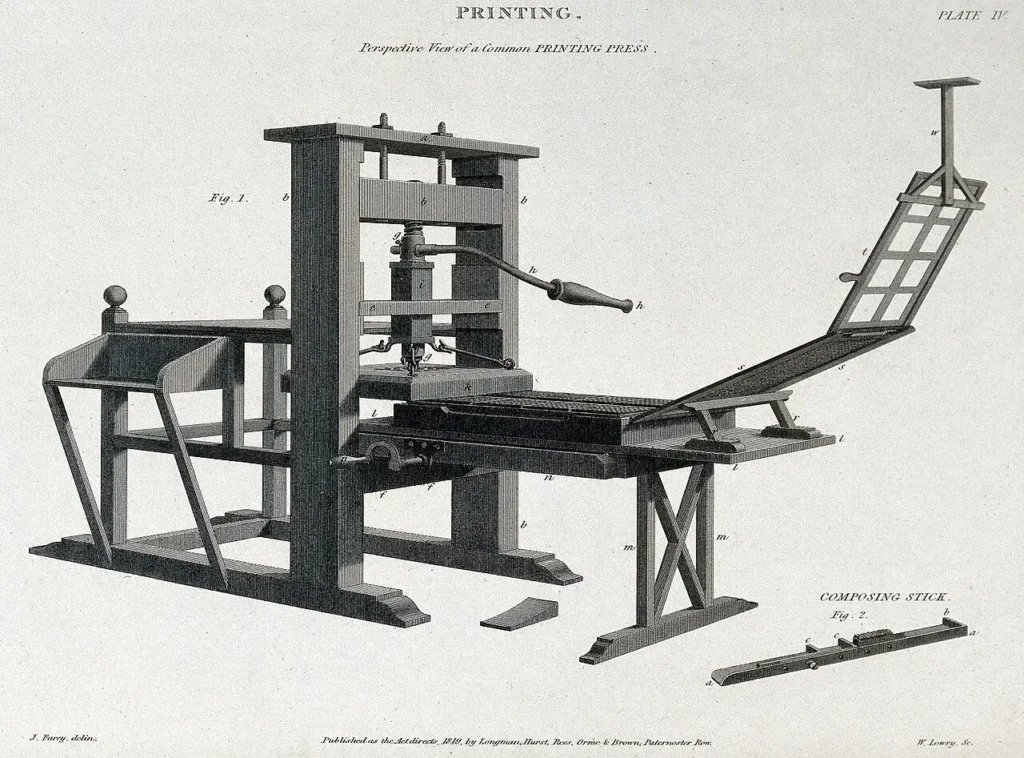
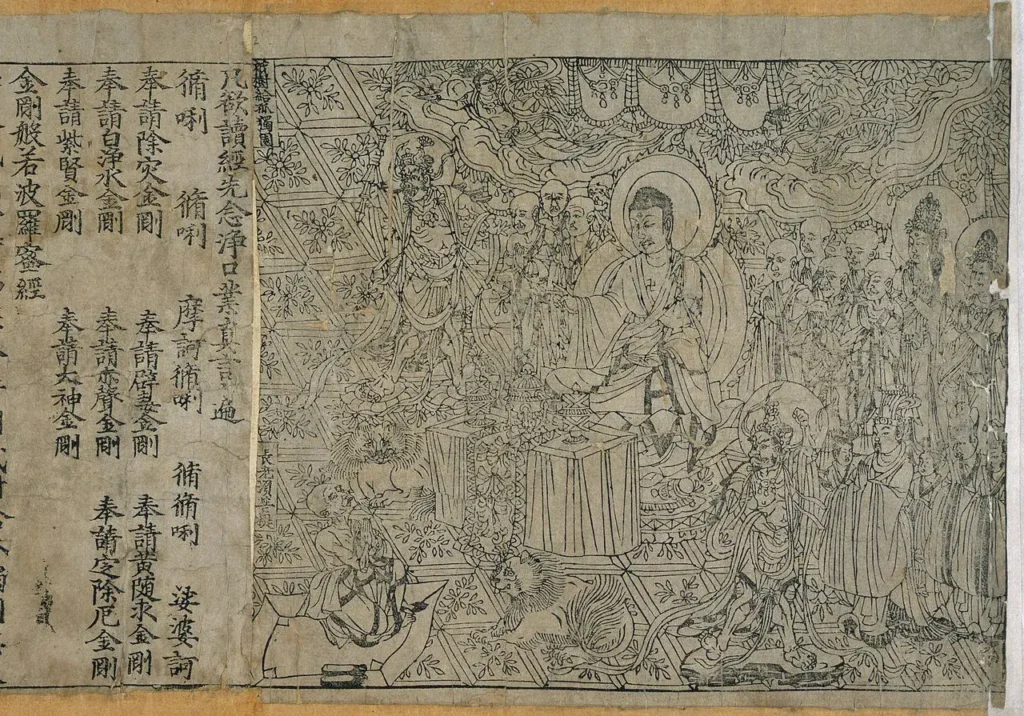
The Renaissance period brought significant advancements in art, literature, and typography. Artists and scholars rediscovered classical works, and typography became a crucial tool in disseminating knowledge. In 1439, The invention of movable type printing press by Johannes Gutenberg to Europe revolutionized printing, making books more accessible and paving the way for the mass production of written materials. This revolutionary invention propelled the rapid spread of knowledge and information. Handcrafted manuscripts were replaced by printed books, which were more affordable and convenient, thus contributing to the democratization of literacy. Typographers like Claude Garamond and Giambattista Bodoni elevated the craft with their exquisite typeface designs.
The Industrial Revolution: Printing for the Masses
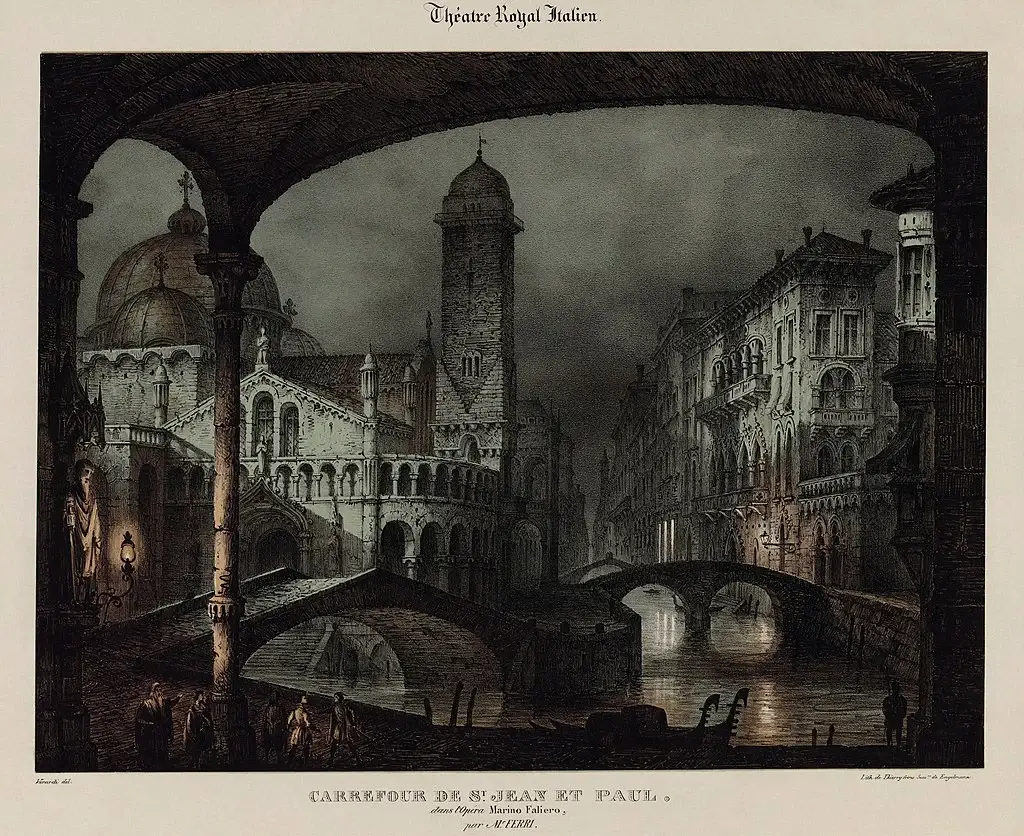
The Industrial Revolution brought about transformative changes in technology, manufacturing, and communication. This era saw the rise of commercial printing, with innovations such as steam-powered presses and the development of new printing techniques. Graphic design played a pivotal role in advertising and marketing as businesses sought to reach a wider audience. Chromolithography, a method of printing in color, allowed for more vibrant and detailed illustrations, giving birth to visually stunning posters and advertisements.
The Birth of Influential Art Movements in the evolution of Graphic design
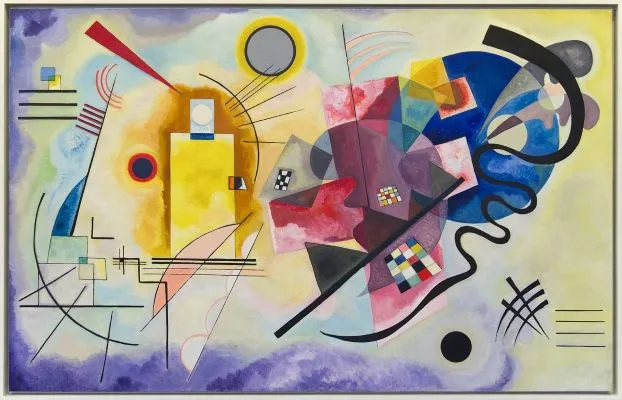
As the 20th century approached, evolution of graphic design underwent a significant transformation with the emergence of modernist principles. Designers such as Jan Tschichold and Herbert Bayer embraced simplicity, functionality, and geometric forms. They rejected the ornate styles of the past and focused on clean lines, asymmetry, and sans-serif typefaces. Originating in Germany in 1919, The Bauhaus movement, founded by Walter Gropius, further championed the integration of art, design, and technology.

Pop Art emerged as a significant movement in the 1950s and 1960s, primarily in America and England, and played a crucial role in the evolution of graphic design. This influential art movement challenged traditional notions of fine art and embraced popular culture as a source of inspiration. By incorporating bold colors, comic book-inspired imagery, and a sense of irony, Pop Art revolutionized the way graphic designers approached visual communication. Pop Art’s influence can still be seen in contemporary graphic design, as designers continue to draw inspiration from popular culture and experiment with vibrant color palettes, bold typography, and playful imagery.
The Golden Age of Advertising: Visual Impact and Branding
The mid-20th century marked a golden age for graphic design, driven by the rise of mass media and consumer culture. Advertising became a powerful force, and designers played a crucial role in creating visually striking campaigns. Companies recognized the importance of branding, and logos became iconic symbols that instantly connected consumers with products and services. Paul Rand’s design for IBM and Milton Glaser’s “I Love NY” logo are timeless examples of effective branding.

The Role of Digital Revolution in the evolution of graphic design: From Print to Pixels
The advent of computers and digital technology in the latter half of the 20th century marked a significant turning point in evolution of graphic design. Designers transitioned from traditional handcrafted techniques to digital tools, opening up new avenues for creativity and experimentation. Software like Adobe Photoshop and Illustrator revolutionized the industry, enabling designers to manipulate images, create digital illustrations, and design for the emerging world of the internet. Websites, mobile apps, and social media platforms created new opportunities for designers to engage with audiences in dynamic and interactive ways. User experience (UX) design and user interface (UI) design became essential considerations in creating seamless and engaging digital experiences.
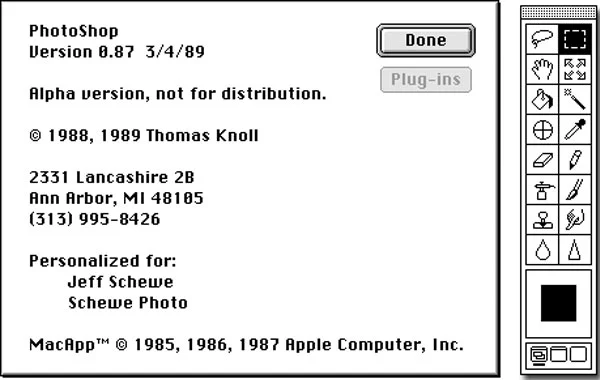
Source – The first version of Photoshop image
Contemporary evolution of Graphic Design: Multidisciplinary and Collaborative
Today’s graphic design landscape is characterized by its multidisciplinary nature and collaborative approach. Designers no longer focus solely on print or digital mediums but embrace a holistic approach that combines various disciplines. They work closely with developers, marketers, and content creators to deliver cohesive and impactful visual solutions. The emphasis is on user-centric design, with designers continuously seeking to enhance the user experience and create meaningful connections.
Future Trends: Technology and Beyond
As we look to the future, graphic design will undoubtedly continue to evolve alongside technological advancements. Augmented reality (AR), virtual reality (VR), and artificial intelligence (AI) present exciting opportunities for designers to create immersive and interactive experiences. Designers will also grapple with ethical considerations as they navigate the challenges and responsibilities that come with advancements in data-driven design and automation.
Conclusion
The evolution of graphic design has been a remarkable journey of innovation, creativity, and adaptation. From ancient cave paintings to the digital realm, designers have continually pushed boundaries, responding to the changing needs of society. Graphic design has become an essential language of visual communication, shaping our culture, influencing our perceptions, and conveying messages that resonate with audiences worldwide.
As we continue to witness technological advancements and societal shifts, one thing remains certain: graphic design will always be a powerful force, bridging the gap between ideas and the visual representation of those ideas. It is a testament to the endless possibilities of human imagination and the enduring need for effective and compelling visual communication.
Checkout this article for getting more insights about the Importance of Graphic Design in Business.

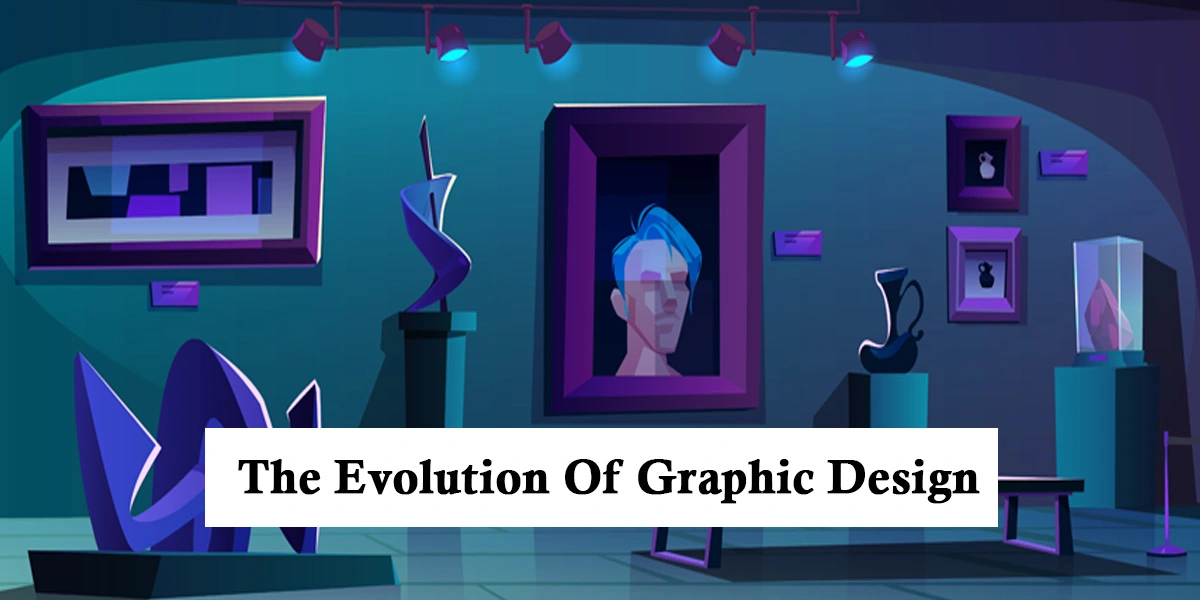



Well written!!